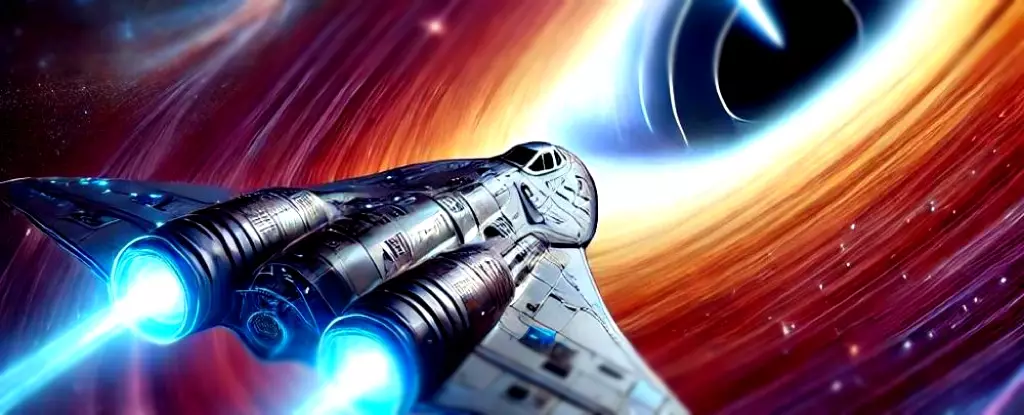Warp drives have captured the imagination of science fiction enthusiasts for decades, with their ability to allow starships to travel faster than the speed of light. In popular culture, warp drives are often associated with shows like Star Trek, where they are used to traverse vast distances in space within a short period of time. The concept of warp drives is based on the idea of creating a bubble that enables a spacecraft to move through space at superluminal speeds. However, the feasibility of warp drives in real-world physics remains a topic of discussion and debate among scientists.
One of the main challenges of developing warp drive technology is the enormous amount of energy required to generate a warp field. Some experts argue that the energy levels needed for sustaining a warp bubble would surpass our current technological capabilities. Additionally, the creation of a warp drive would necessitate the use of exotic matter, which has yet to be discovered or synthesized. The theoretical constraints imposed by spacetime physics also pose significant obstacles to the realization of practical warp drives.
In a recent study conducted by researchers Remo Garattini and Kirill Zatrimaylov, the potential relationship between warp drives and black holes was explored. The researchers posited that a ship equipped with a warp drive could survive inside a Schwarzschild black hole, provided it crossed the event horizon at a speed lower than that of light. The gravitational field of the black hole was hypothesized to reduce the negative energy required to maintain the warp drive, potentially enabling the ship to navigate through the black hole without being crushed.
The mathematical analysis conducted by Garattini and Zatrimalov suggested that the interaction between a warp bubble and a black hole could lead to the creation of mini warp drives in laboratory settings. By embedding the warp drive in the outer region of the black hole and considering the effects of gravitational forces, the researchers were able to envision scenarios where warp technology could be harnessed for practical purposes. The potential conversion of virtual particles into real ones within an electric field offered further insights into the complex dynamics of warp drives and black holes.
While the research conducted by Garattini and Zatrimalov opens up new possibilities for the study of warp drives and their interaction with black holes, numerous questions and challenges still remain. The theoretical implications of warp technology on thermodynamics and entropy within black holes present intriguing avenues for further investigation. The prospect of using warp drives to explore the interior of black holes and transmit information across vast distances in space raises exciting possibilities for future advancements in theoretical physics.
The exploration of theoretical warp drives and their potential connection to black holes offers a fascinating glimpse into the intersection of science fiction and cutting-edge scientific research. While the practical realization of warp drives may still be a distant goal, the theoretical groundwork laid by researchers like Garattini and Zatrimaylov paves the way for future breakthroughs in our understanding of spacetime physics and the nature of interstellar travel. As we continue to push the boundaries of scientific exploration, the mysteries of warp technology and its implications for our understanding of the cosmos remain a compelling subject of study.

Leave a Reply